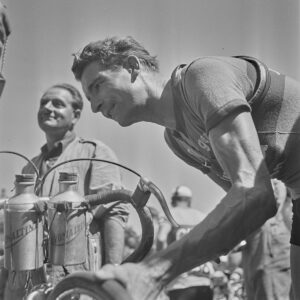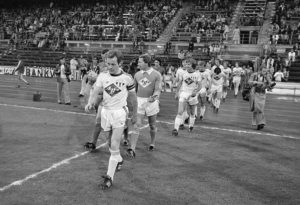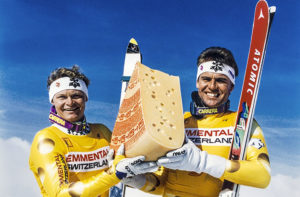
Sport and advertising: uncomfortable bedfellows
In today’s (sporting) world, money is king. It wasn’t always like that, although it has been for a long time...






Swiss Sports History

This text was produced in collaboration with Swiss Sports History, the portal for the history of sports in Switzerland. The portal focuses on education in schools and information for the media, researchers and the general public. Find out more at sportshistory.ch



